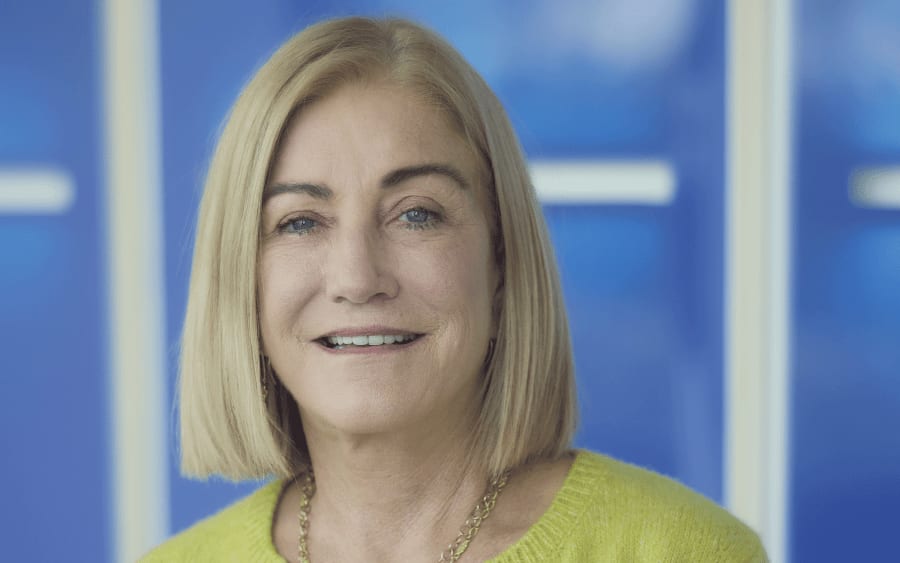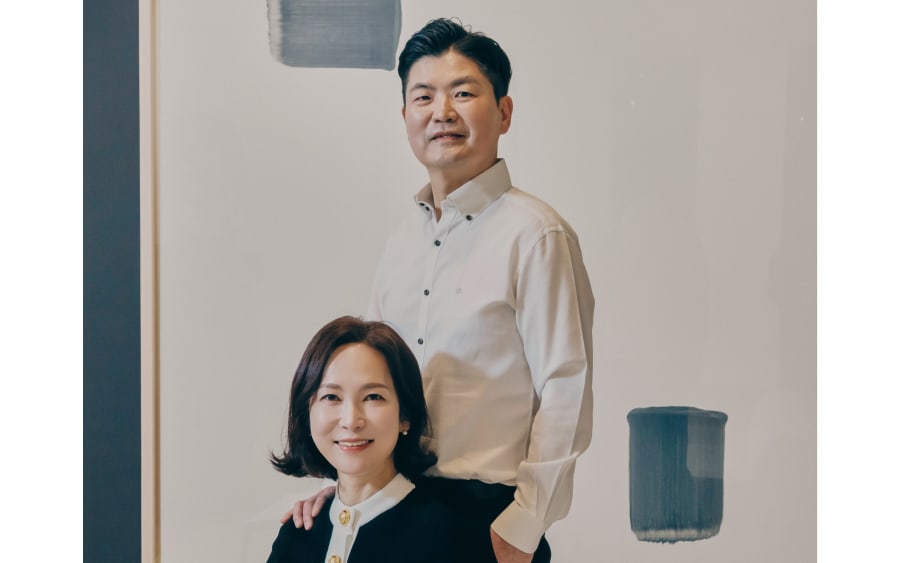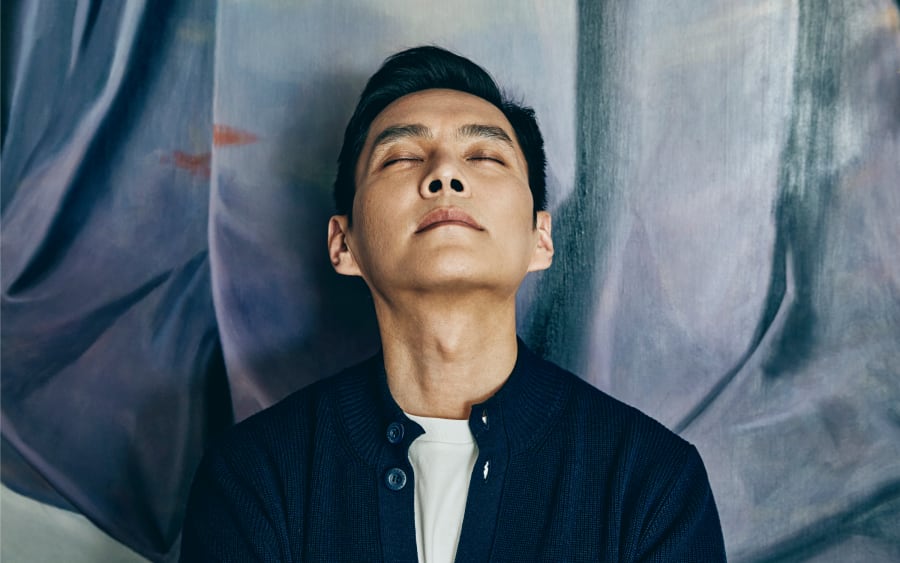In collaboration with Tatler China.
‘It was during my student days in London that my interest in art was sparked. My friends and I often visited museums during our free time. Upon returning to Jakarta, I began going to galleries and purchasing artworks when they caught my eye. At first, I didn’t truly understand what contemporary art was and my choices were primarily based on aesthetics.
‘Later, I met my mentor, who is a collector himself. This was a turning point for me, as he introduced me to numerous books on contemporary art. It felt like I was back at school, spending my weekends reading and learning, and I finally began to understand contemporary art better. Whenever I finish reading a book, I try to collect a piece that reflects its themes, immediately applying what I’ve learned to my collection. This gives me a clear vision of what I want to collect and has transformed how I perceive art.
‘My life revolves around art, and reading is my primary way of learning about it and discovering new artists. Learning can happen anywhere. I also enjoy visiting other collectors’ homes to see their collections. Whenever I go away on vacation, I always make the effort to visit museums and galleries or attend exhibitions. I also travel to attend biennials and art fairs.
‘I have collected quite a few pieces of work by contemporary Indonesian artists. As a developing country, Indonesia doesn’t have enough public museums. To some extent, I feel a responsibility to help preserve these artists’ works.
‘I have a list of artists that I follow and would like to collect. One of them is the Indonesian artist Tintin Wulia, who conducts extensive research for her practice, which often takes the form of installations or video art, exploring themes including globalization and migration.
‘I first came across Lawrence Abu Hamdan when I saw his [2019] Turner Prize-winning work in which he interviews internees at the Saydnaya military prison in Damascus, Syria, using their memories to reconstruct the normally hidden-from-public-view prison life and the building’s architectural structure. Ryoji Ikeda is another artist I’m really interested in. I learnt about his work from a book on sound art. He creates music and sound using data that he turns into auditory experiences.
‘There is one artist whose work I greatly desire. Raden Saleh [1811-1880] is regarded as Indonesia’s first “modern artist.” His works are extremely valuable and their prices have skyrocketed. They are almost impossible to acquire. Collecting his work feels both indulgent and tempting.
‘I used to display my art collection in the office, but I recently moved it to a house that my family no longer uses. I was thrilled to gather the collection in a single place and I spend a lot of time there looking at the works. Curating and arranging the pieces brings me immense happiness and I sometimes invite friends there so that we can eat together and share in the joy of appreciating art. Art is alive, and artists want to communicate messages through their works. The more people appreciate it, the more vibrant it becomes.
‘Many of my friendships have blossomed through art. In Indonesia I have a close-knit group of friends who meet regularly, among them Abigail Hakim and Wiyu Wahono. Together, the three of us commissioned an underwater installation, Domus Anguillae [House of the Eels (2022)] by the Indonesian painter and sculptor Teguh Ostenrik, which was placed on the seabed off northern Bali. The sculpture is now covered in coral and you can see plenty of fish visiting. My husband is also one of my “partners in art” and I’m delighted that he now enjoys art and visiting museums as much as I do.
‘I’ve learned many lessons and don’t regret the mistakes I’ve made. It’s all part of the learning process, and these experiences have shaped who I am today. I hope to inspire my family and friends to pay more attention to art and the world around them. When they first explored my collection, their initial reaction was sometimes, “What kind of art is this?” But now they, too, find it intriguing and have begun to understand and appreciate it after some explanation. For them, it’s an eye-opening experience and they have learned to see art as something that holds deeper meaning.
‘I believe contemporary art needs to communicate ideas and express different perspectives. The world is constantly evolving and the spirit of the times is also shifting. As a collector I need to maintain a discerning eye and adapt to the ever-changing art landscape, and I want my collection to reflect that. Collecting is a personal journey – it not only enriches my worldview but also stimulates my creative potential.’
This article is part of a year-long collaboration between Art Basel Hong Kong and Tatler China, originally titled ‘The Collector’s Gaze’.
Caption for top image: Portrait of Evelyn Halim. Artwork: FX Harsono, The Irony Sticks Out, 2023. Photography by Jacky Suharto. Courtesy of Tatler China.
Published on September 30, 2024.


